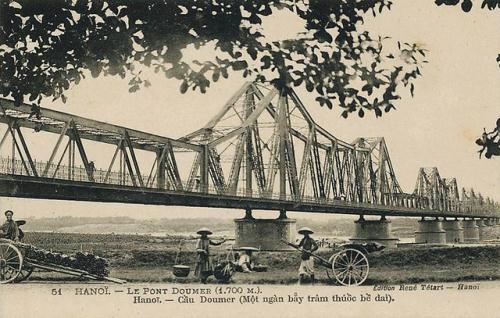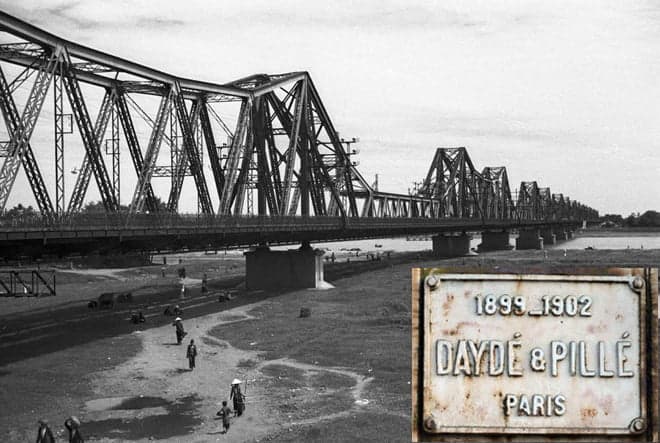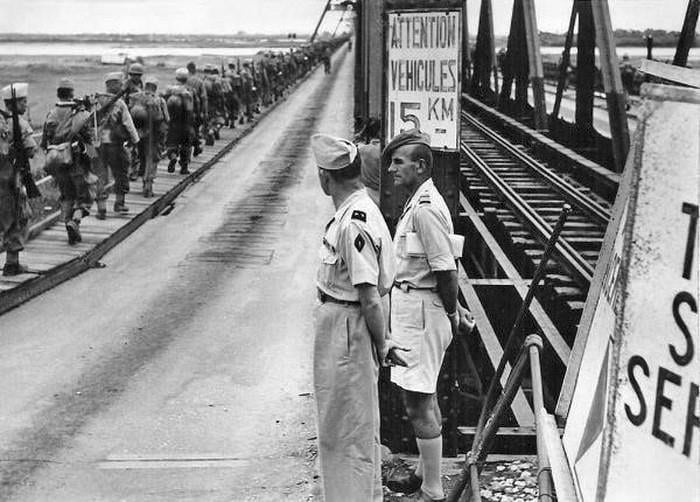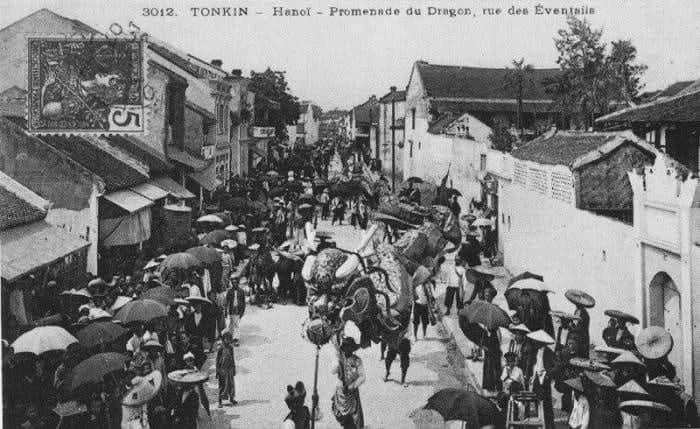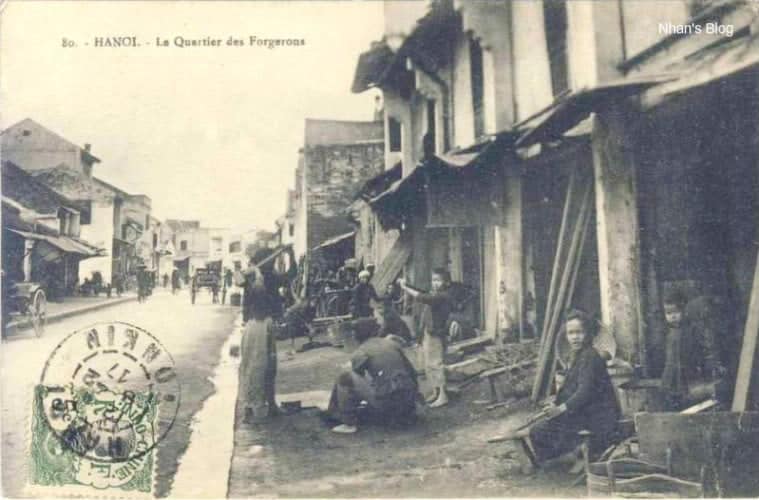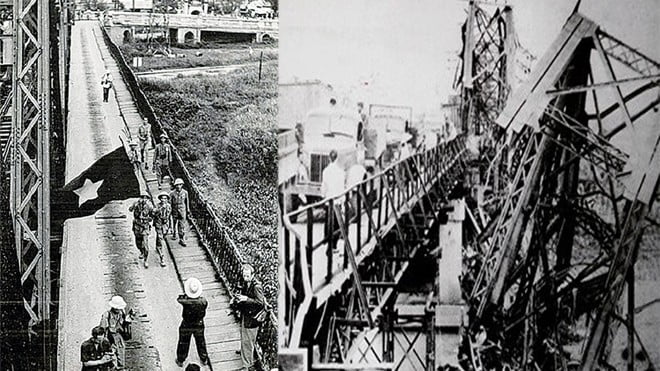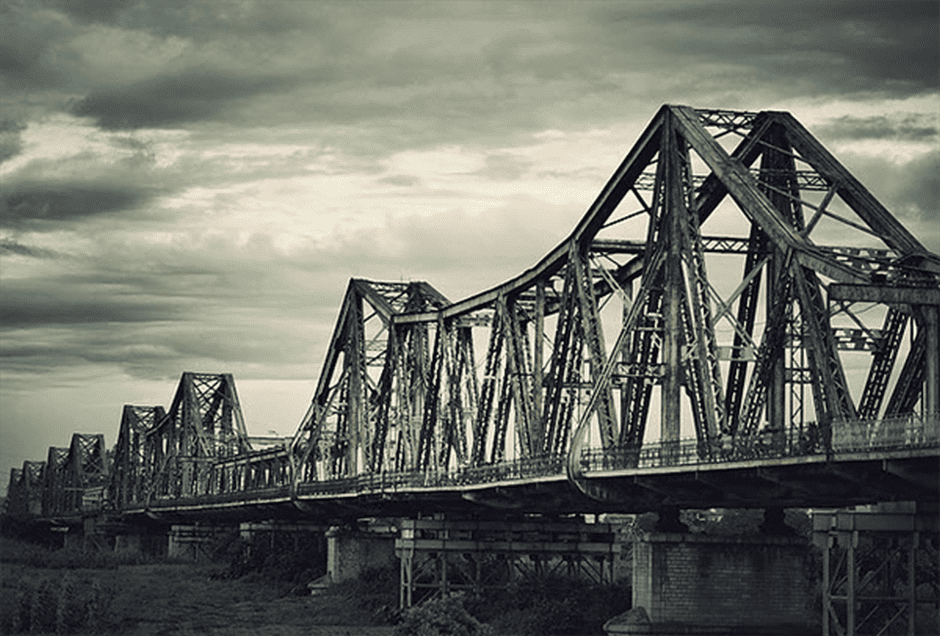
The Mystery and Magic of Long Bien Bridge
Have you ever wondered about the story behind Long Bien Bridge – the horizontal Eiffel Tower in Hanoi, Vietnam? This bridge has witnessed many historical events and changes in the city. It is not only a transportation link, but also a cultural symbol and a tourist attraction. In this blog, Prime Travel will reveal some interesting facts about Long Bien Bridge that you might not know.
The bridge was not designed by Eiffel
One of the common misconceptions about Long Bien Bridge is that it was designed by Gustave Eiffel, the famous architect who created the Eiffel Tower in Paris. However, this is not TRUE. It was built by the Daydé et Pillé company in the late 19th century, during the French colonial period. The bridge is a testament to the engineering skills and creativity of the company, which won the contractor selection among 6 competitors by offering innovative technical solutions and a reasonable bid price that fit the budget of 5.5 million francs for the bridge construction.
Daydé & Pillé – The contractor of Long Bien Bridge ( Source: Internet )
The bridge was built during the French colonial period, when Vietnam was part of French Indochina. The French wanted to build a bridge over the Red River to connect Hanoi with Haiphong, the main port city in northern Vietnam. The bridge was also intended to showcase the French power and influence in the region.
Three years and Seven months to complete the bridge construction
The construction of Long Bien Bridge started in 1899 and finished in 1902. Building the bridge was not an easy task. It required a lot of planning, design, materials and labor. The most difficult part was to place the bridge piers in the riverbed. The French architecture chose to build the piers in the dry season, when the water level was low. The process of placing the piers is extremely difficult :
The workers had to dig 20 piers 30 meters deep to drive piles as pillars. They had to endure harsh conditions, such as diving into the muddy water, working for long hours and facing diseases and injuries. Many of them suffered from long-term health problems later. And French architecture used labor from Annam (the name of Vietnam under French rule) because they were considered skillful and resilient by the French.
The difficult process of building the bridge ( Source: Internet )
The construction of Long Bien Bridge was a great feat of engineering and labor. It was also a symbol of colonial oppression and resistance. Many Vietnamese workers died or were injured during the construction. Many others used their skills and knowledge to sabotage the project or escape from it.
Contributed to the development of 36 streets in Hanoi
One of the factors that influenced the development of 36 streets was the construction of Long Bien Bridge. The bridge also stimulated the demand for food and materials, which led to the emergence of new services and products in 36 streets. Some streets specialized in selling fruits, vegetables, fish, or meat that were brought from the other side of the river. Other streets provided materials such as iron, wood, or stone that were used for building or repairing the bridge.
The crowded scene of 36 streets in Hanoi ( Source: Internet )
The nailing on the bridge was initially done by Chinese workers, but later changed to Annamese workers. This made Lo Ren and Hang Dong streets, where the iron workshops were located, more bustling than ever.
Lo Ren Street, Hanoi ( Source: Nhan’s Blog )
The unique traffic direction
If you have ever crossed Long Bien Bridge, you might have noticed that the traffic flows in an unconventional direction. The vehicles drive on the left side of the bridge, while the train runs on the right side. This is opposite to the usual traffic rules in Vietnam.
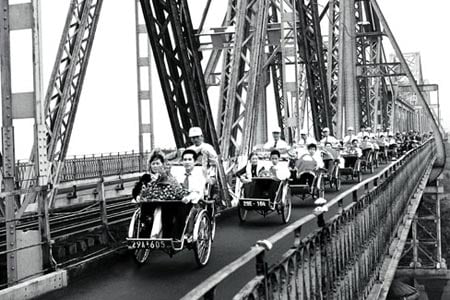
The reason for this anomaly is that there were many traffic accidents at the intersection going up the bridge. To avoid collisions, the authorities decided to switch the traffic direction on the bridge to the left, opposite to the train side. This was not because there were too many people going out of Hanoi causing the bridge to tilt, as some people might think.
This change also reflected the growing nationalist sentiment among Vietnamese people, who wanted to assert their identity and independence from French colonial rule.
The bridge is tilted due to war damage
Long Bien Bridge witnessed many historical events and wars in Vietnam. It was a strategic target for both sides during the First Indochina War (1946-1954) and the Vietnam War (1955-1975). It was bombed several times by both French and American forces, but it never collapsed completely.
The most severe damage occurred on September 10, 1972, when Long Bien Bridge was bombed by American B-52s. The attack broke three spans of the bridge, damaged four piers and destroyed 1500 meters of the bridge deck
Long Bien Bridge was severely damaged in 1972 ( Source: Internet )
It also caused a deviation in the center of gravity of the bridge, making it uneven along a straight axis.
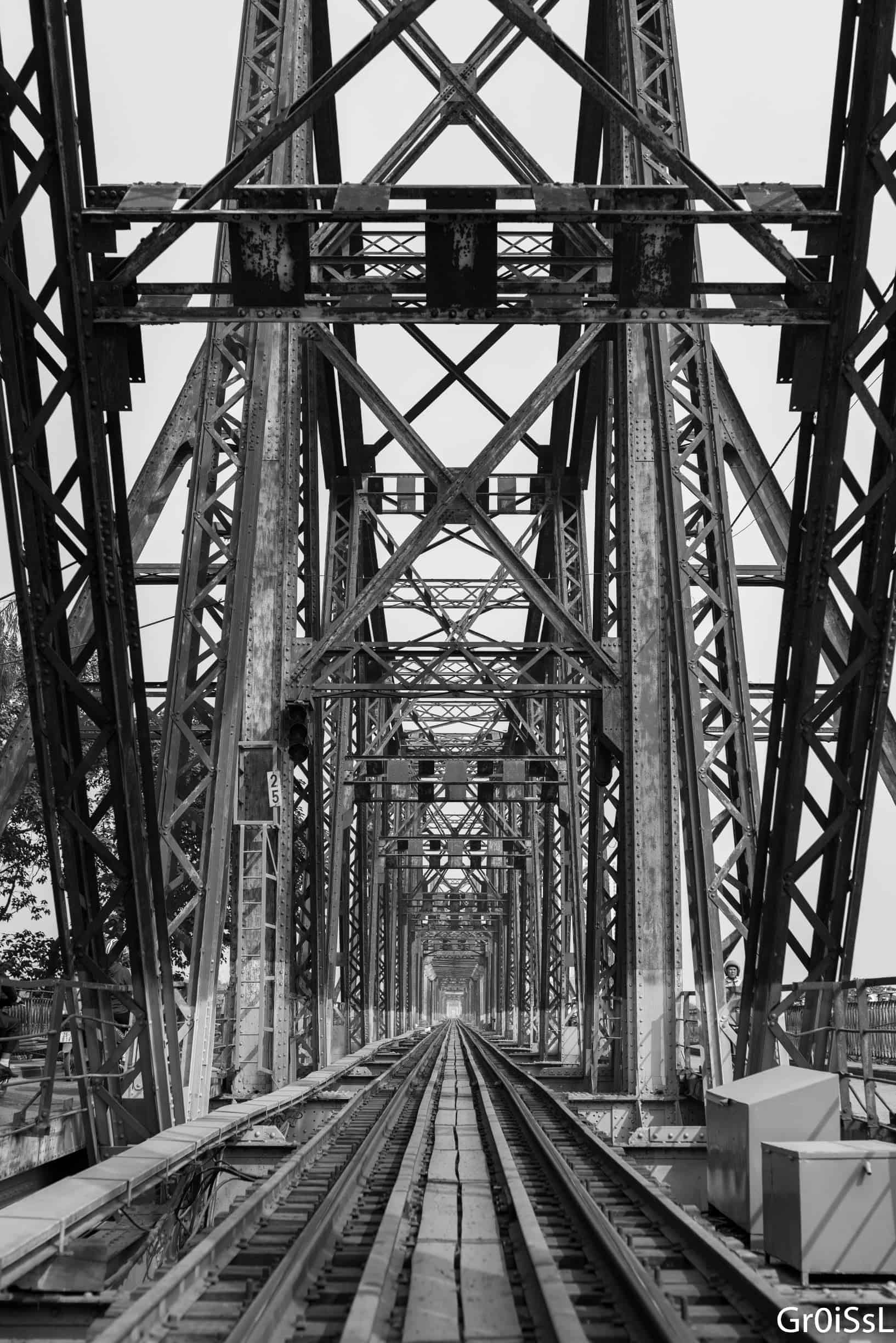
Despite the destruction, Long Bien Bridge was quickly repaired by Vietnamese engineers and soldiers using makeshift materials and methods. They managed to restore its function and keep it operational until today.
Conclusion
Long Bien Bridge is more than just a bridge. It is a symbol of Hanoi’s history, culture and resilience. It is a witness to the past and present of the city. Furthermore, It is a place where people can enjoy the scenic views of the river and the cityscape. Next time you visit Long Bien Bridge, don’t miss the chance to witness a stunning sunset over the Red River from Long Bien Bridge – the BEST spot to admire this magical moment. As the sun dips below the horizon, the old rusty bridge radiates a timeless charm that will take your breath away.
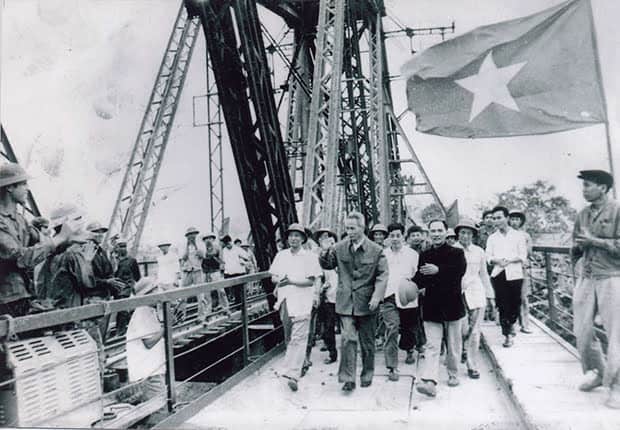
To conclude, here are some of the interesting and mysterious facts behind the historic Long Bien Bridge in Hanoi that Prime Travel wants to share and send to you. We hope that with this information, you will have a more detailed view of Hanoi. If you don’t know where to go in Hanoi, don’t hesitate to check-in at this bridge right away.
Check out Prime Travel’s Hanoi tours here :

